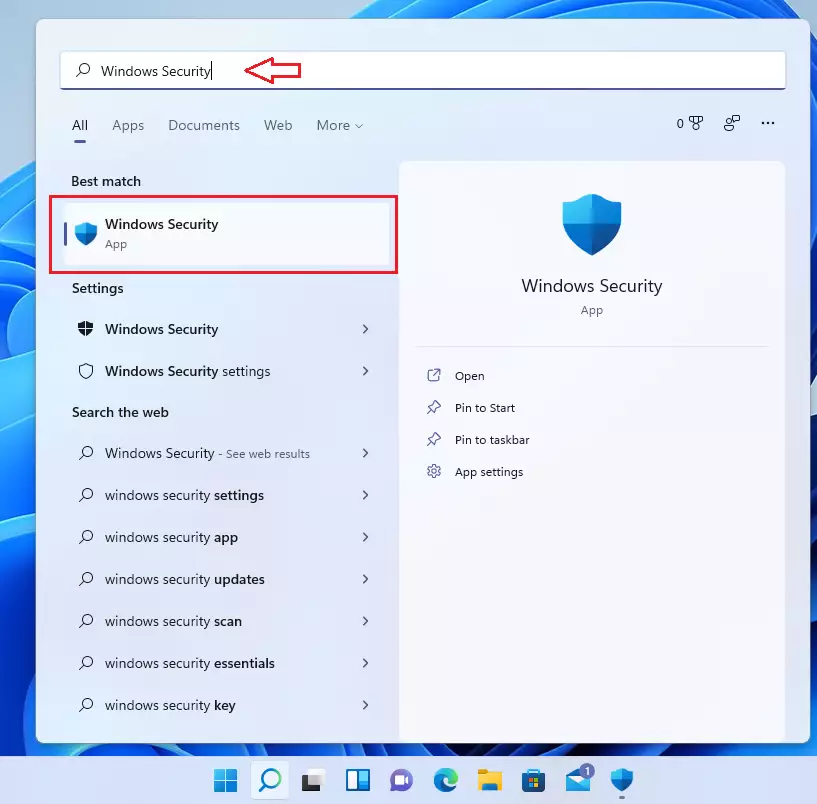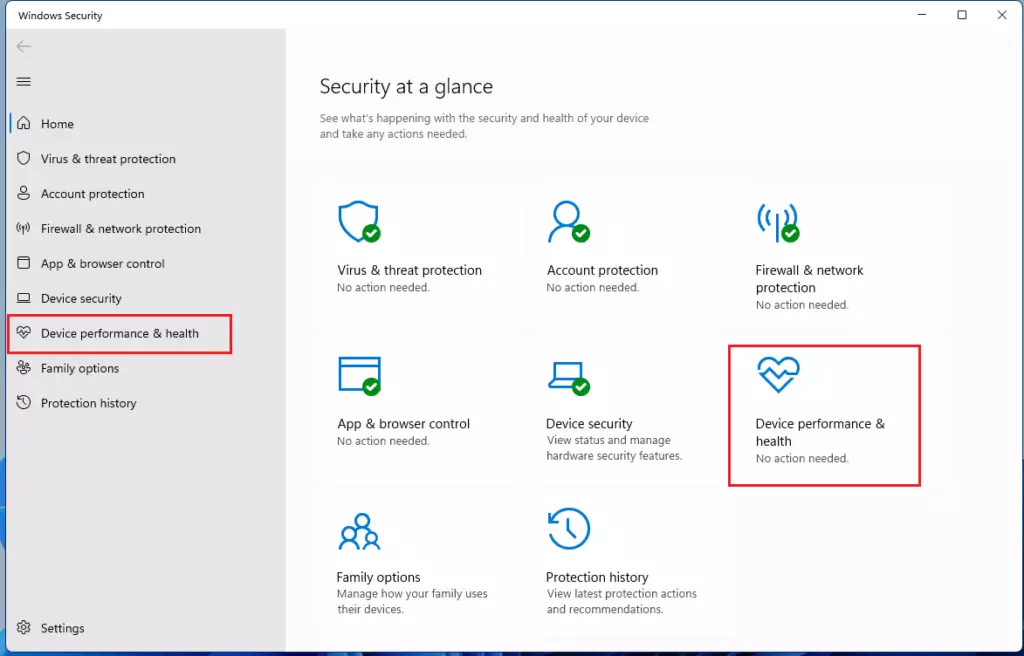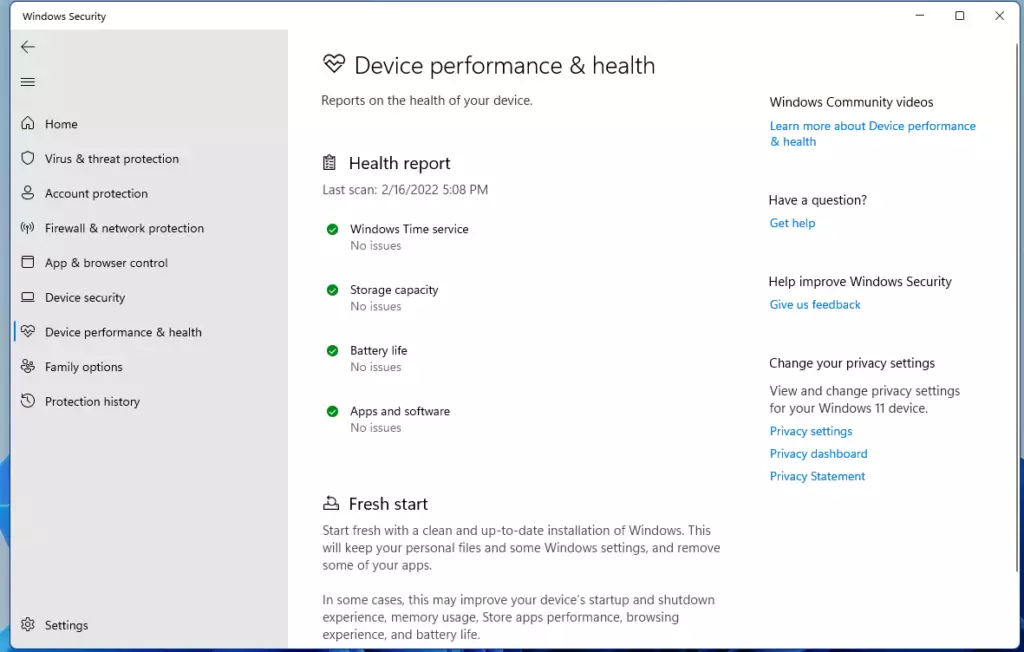This article explains how to view device performance and health data in Windows 11.
Windows has a built-in tool, part of Windows Security, that checks your device for security issues and provides a health report, which appears on the Device Performance & health page.
The health report alerts you when your device is experiencing common issues or missing critical updates and offers recommendations to remedy them.
Part of the report shows the last time a device performed a health scan, if a system is running low on disk space, if a device needs an update, and validates that the system is set to the correct time.
Windows Time service automatically synchronizes your system clock to an internet-based service, so your system time is always correct. If this service is off or failing, Device Performance & health will let you know so you can fix it.
How to check system performance and health report in Windows 11
As mentioned above, Windows Security checks your device for security issues and provides a health report on the Device Performance & health page.
To view the health report for your device, follow the steps below:
First, in the search box on the taskbar, type Windows Security and select Windows Security in the results list.

In Windows Security, select Device performance & health to view the Health report.

The next page shows your device performance and health report.

When your device performance and health page opens, you should see similar information as below:
- Storage capacity – Is your system running low on disk space?
- Apps and software – Is any of your software failings, or in need of an update?
- Battery life – Is anything putting an extra strain on your PC’s battery? You might not see this on on a desktop PC that is always plugged in.
- Windows Time service – Having your system set to the correct time is important for many system processes.
A green check means everything is fine, but something needs attention if you see a yellow mark.
If your device has performance issues, read our post on how to improve Windows 11 performance.
If your device has low disk space, read our post on freeing disk space in Windows 11.
If your device doesn’t have the latest updates, check our post on how to update Windows 11.
That should do it!
Conclusion:
Regularly checking your device’s performance and health in Windows 11 is crucial for maintaining efficiency and security. Here are the key takeaways:
- Utilize Windows Security: Ensure you access the Device Performance & health report regularly to stay informed about your system’s status.
- Monitor Storage Capacity: Keep an eye on disk space to prevent performance slowdowns.
- Stay Updated: Regular updates are vital for security; always check if your system is up to date.
- Check Battery Health: For laptop users, understanding battery strain can help prolong battery life.
- Synchronize Time: Ensure that your system clock is accurate for optimal performance of system processes.
By following these steps, you can enhance the overall performance and health of your Windows 11 device.

Leave a Reply